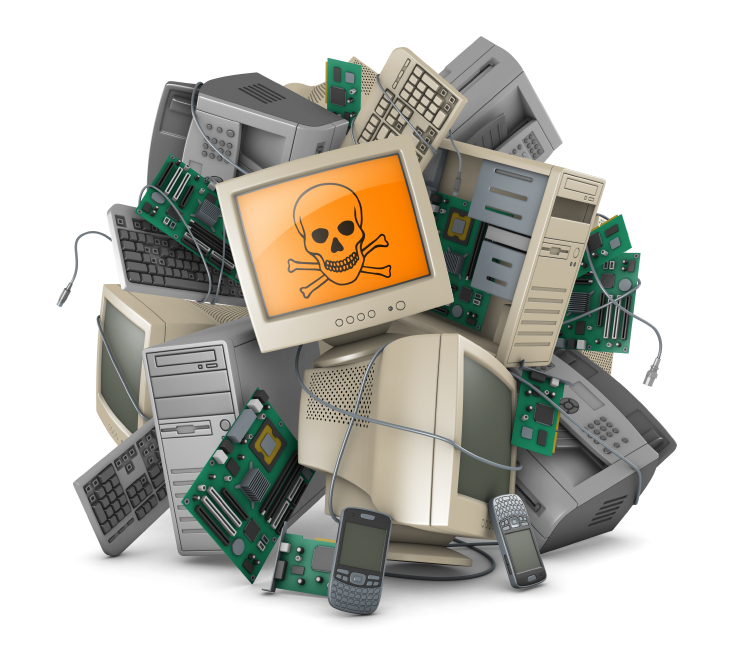 E-waste is generated at a rate of about 112 pounds per person each year; what can be done?
E-waste is generated at a rate of about 112 pounds per person each year; what can be done?
Paper recycling has been around for decades, and the paper industry has taken huge strides toward sustainability and environmental awareness. So what about the flip side? What is the electronics industry doing with the billions of pounds of electronic waste generation last year?
Two Sides NA presents a mind-opening infographic on e-waste that throws some light on the scope of the problem, and some possible solutions.
What exactly is e-waste? According to the Global E-Waste Monitor, e-waste is defined as “all items of electrical and electronic equipment (EEE) and its parts that have been discarded by its owner as waste without the intent of reuse.”
That’s laptops, printers, last year’s smartphones, air conditioners, your old burned-out toaster – all of it added up to 41.8 million tons in 2014. And there are four specific reasons why this stuff shouldn’t be thrown away: Data security; environmental concerns; conflict minerals used to create these things; and dwindling rare earth elements also used.
The solution starts with awareness of the options, and the infographic gives some good ideas on how not to contribute to the massive e-waste problem.
We’ve all figured out how to recycle our magazines and coffee cans. Looks like this is our next challenge.
